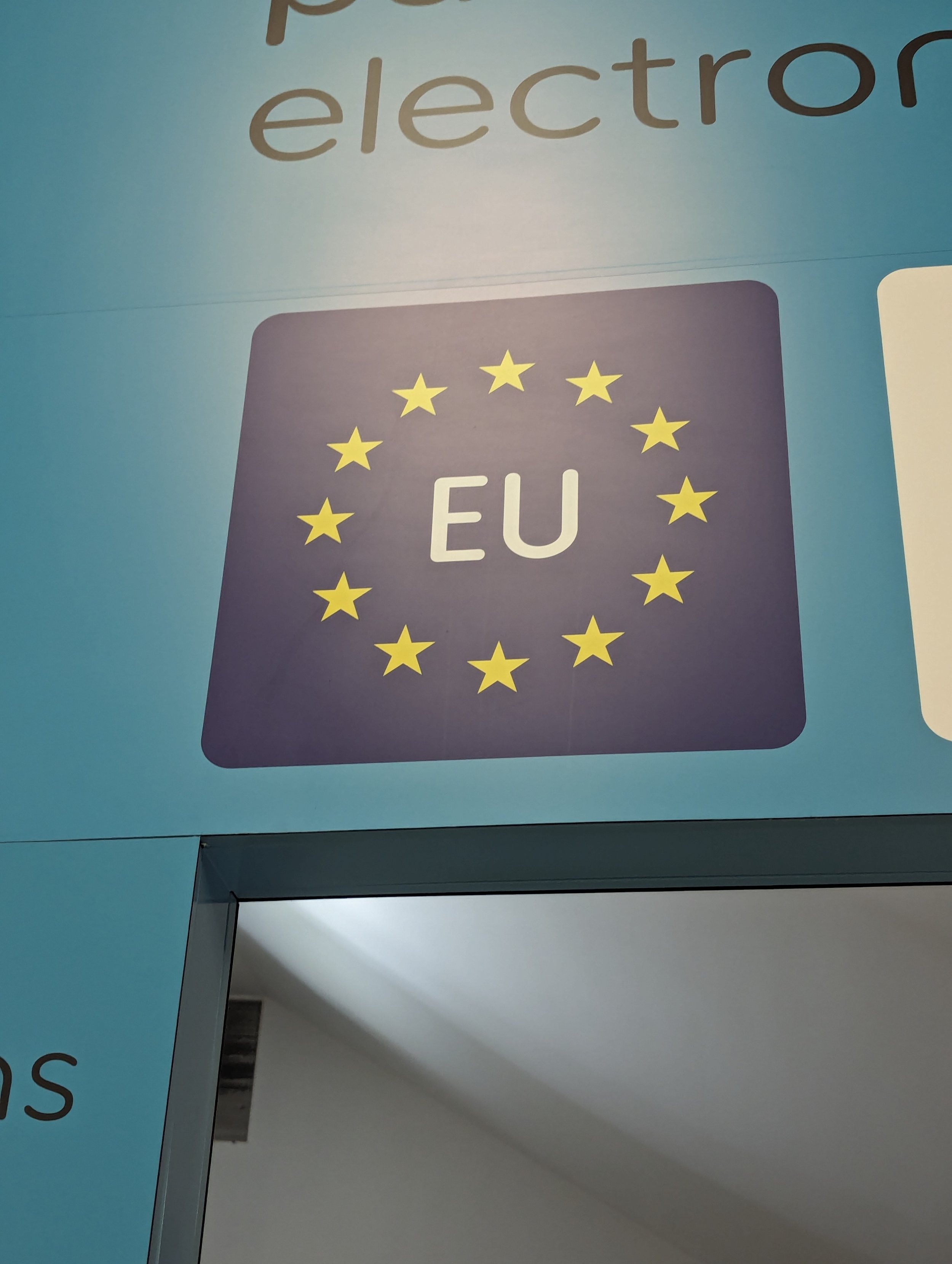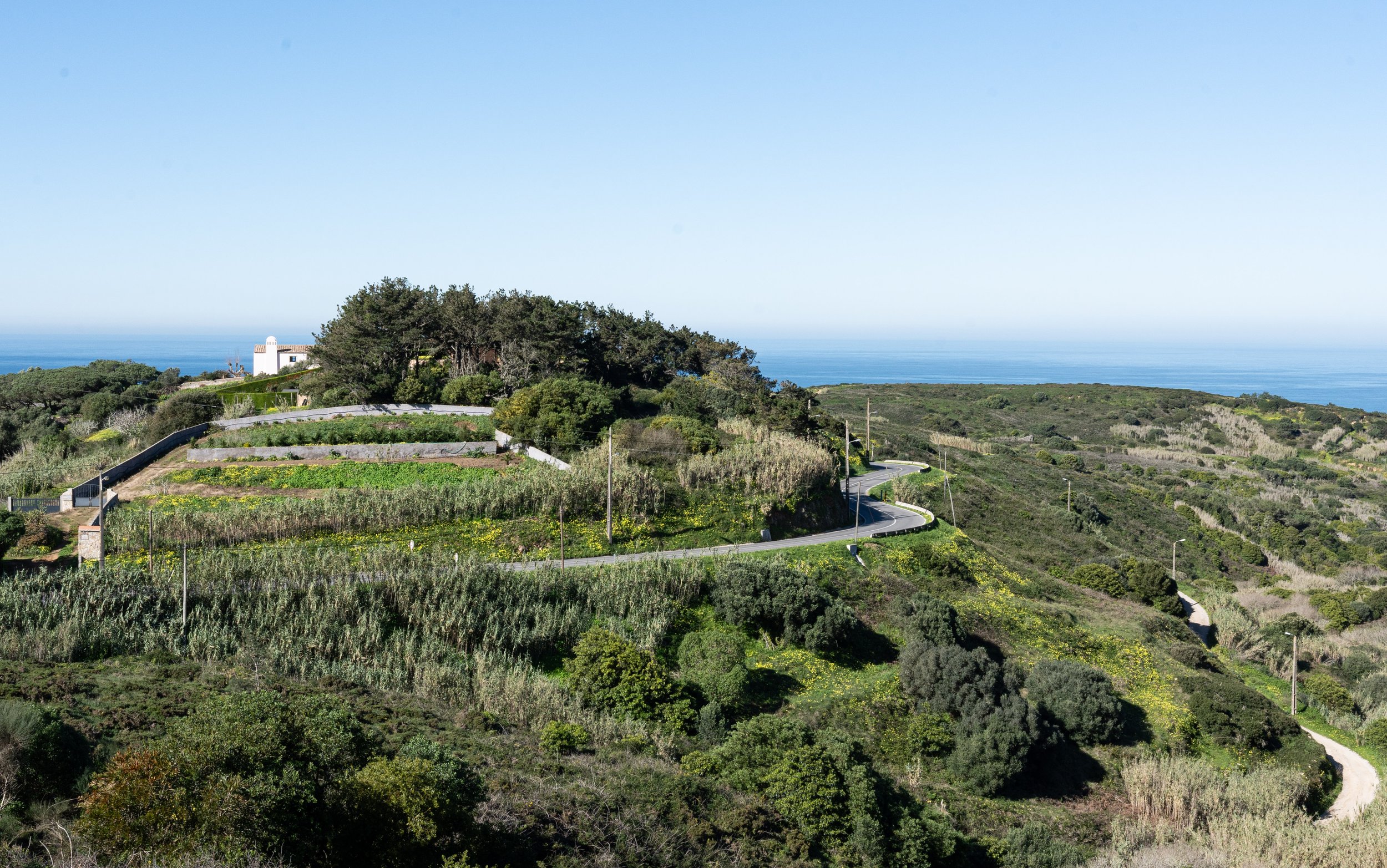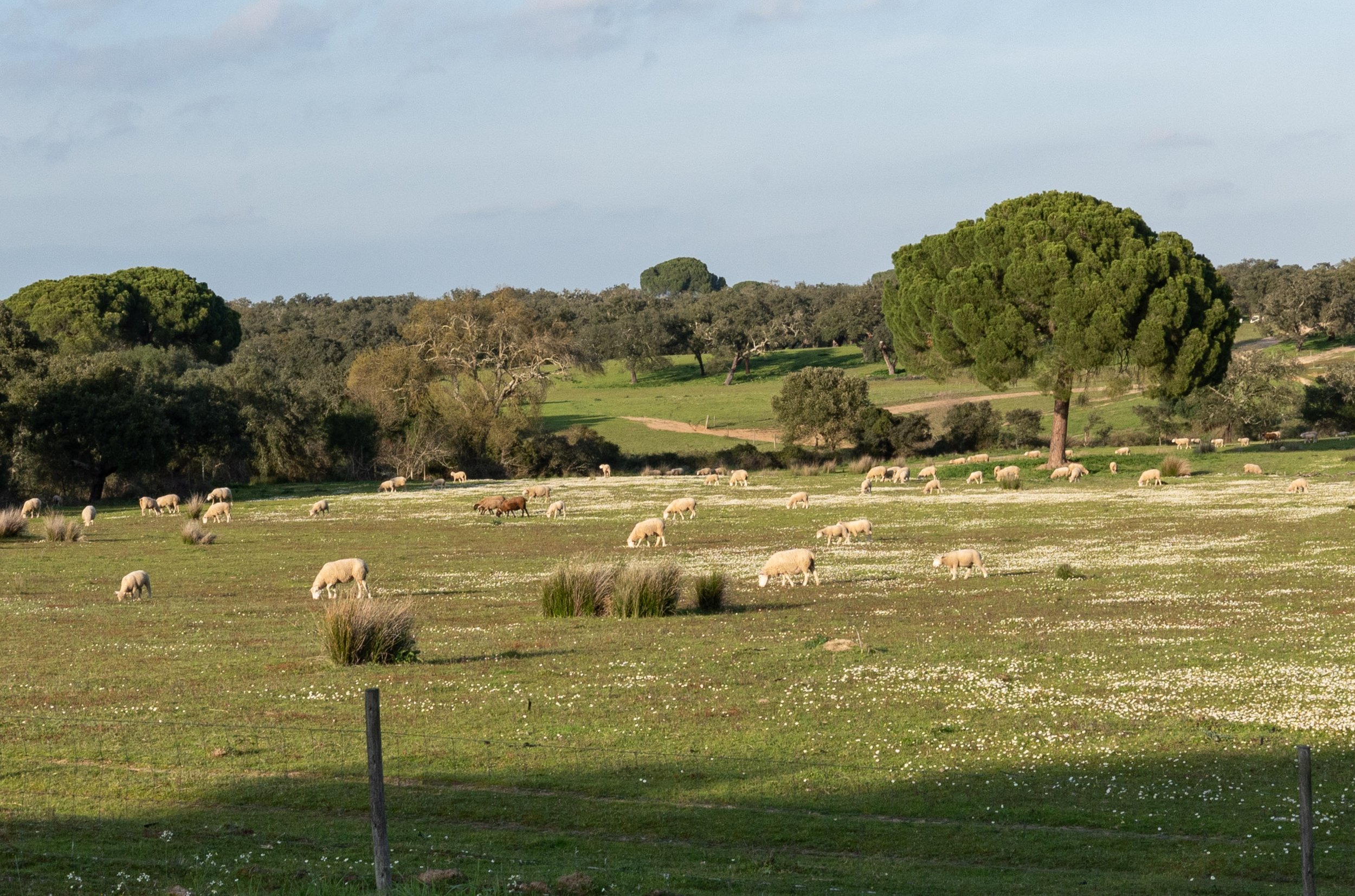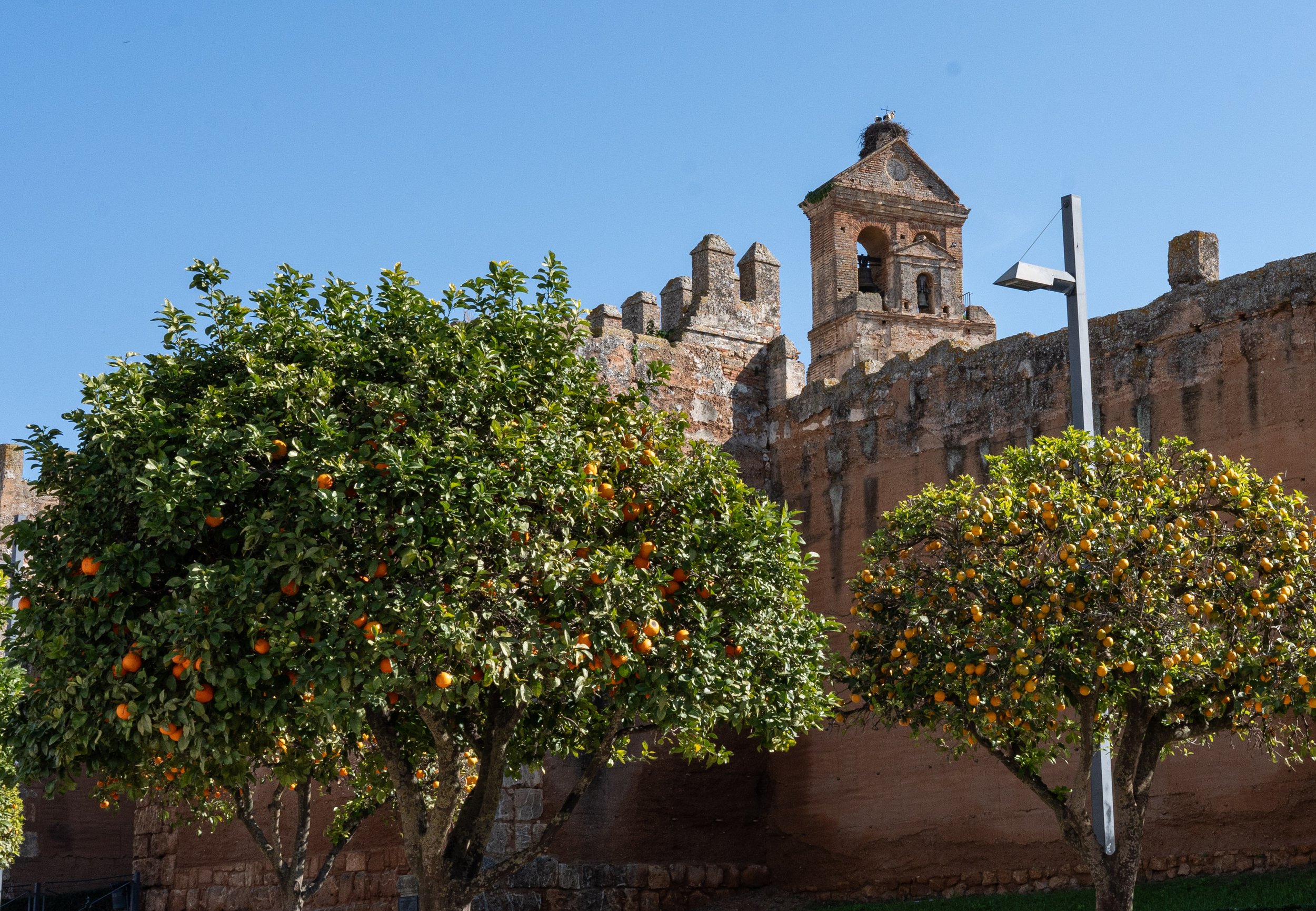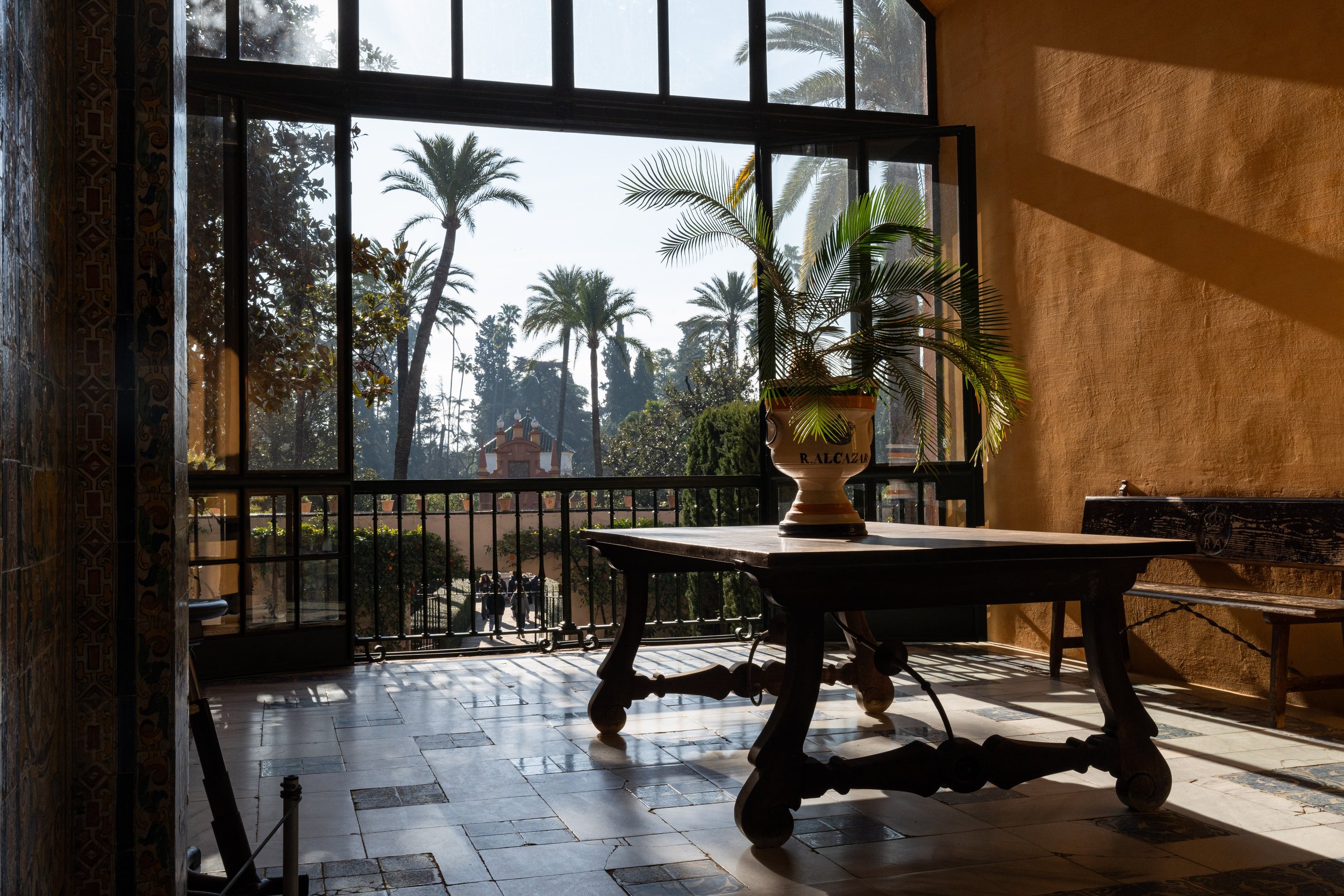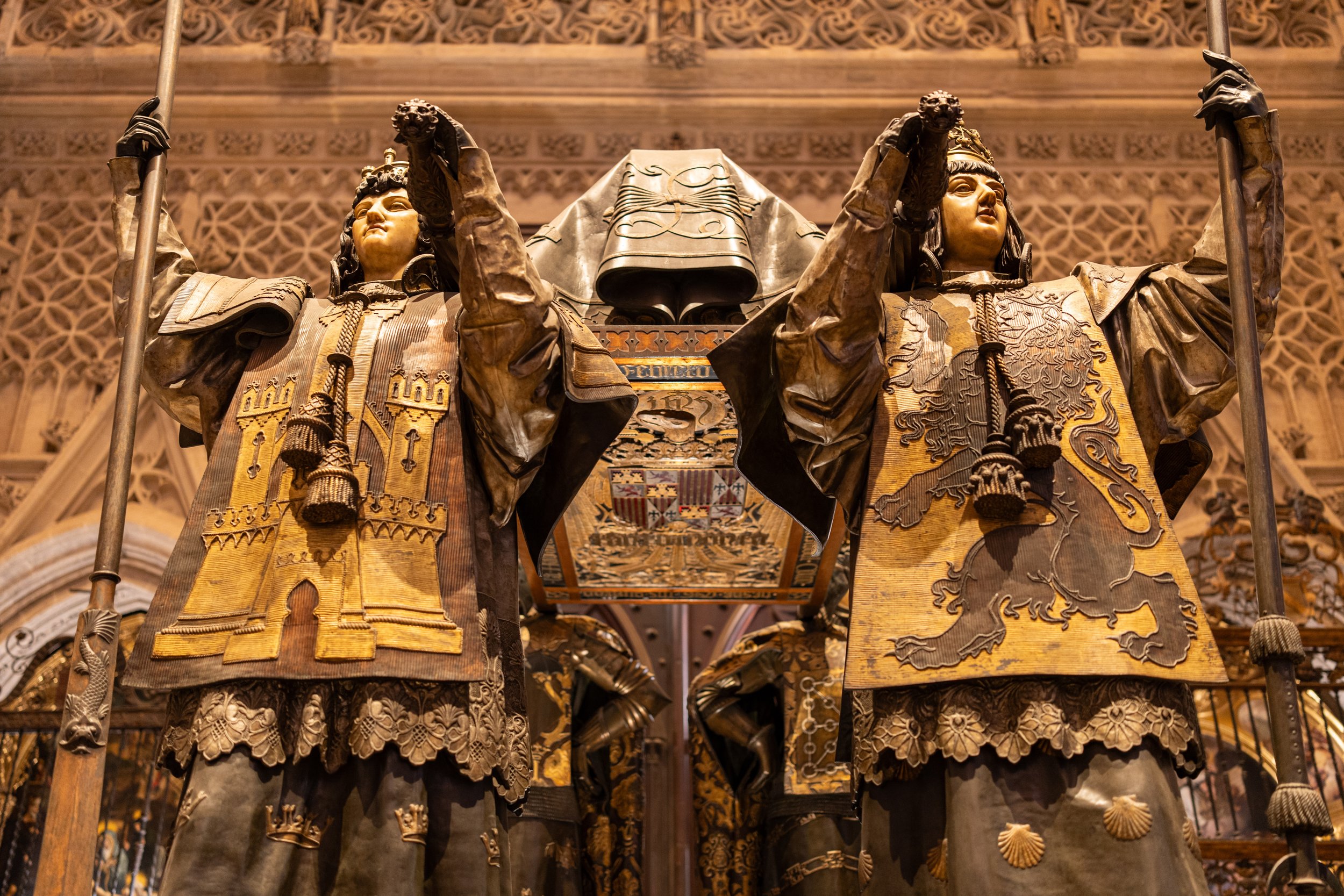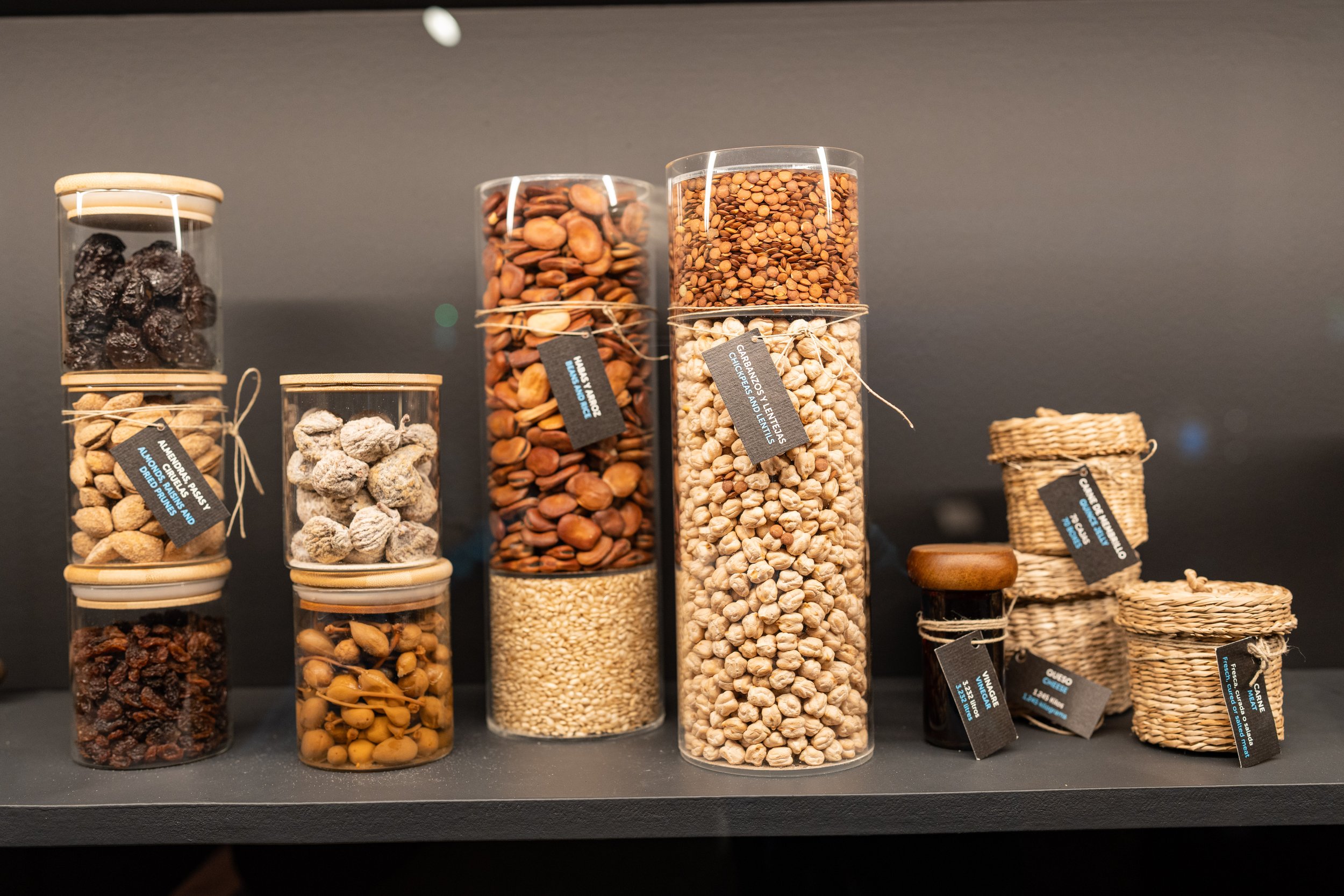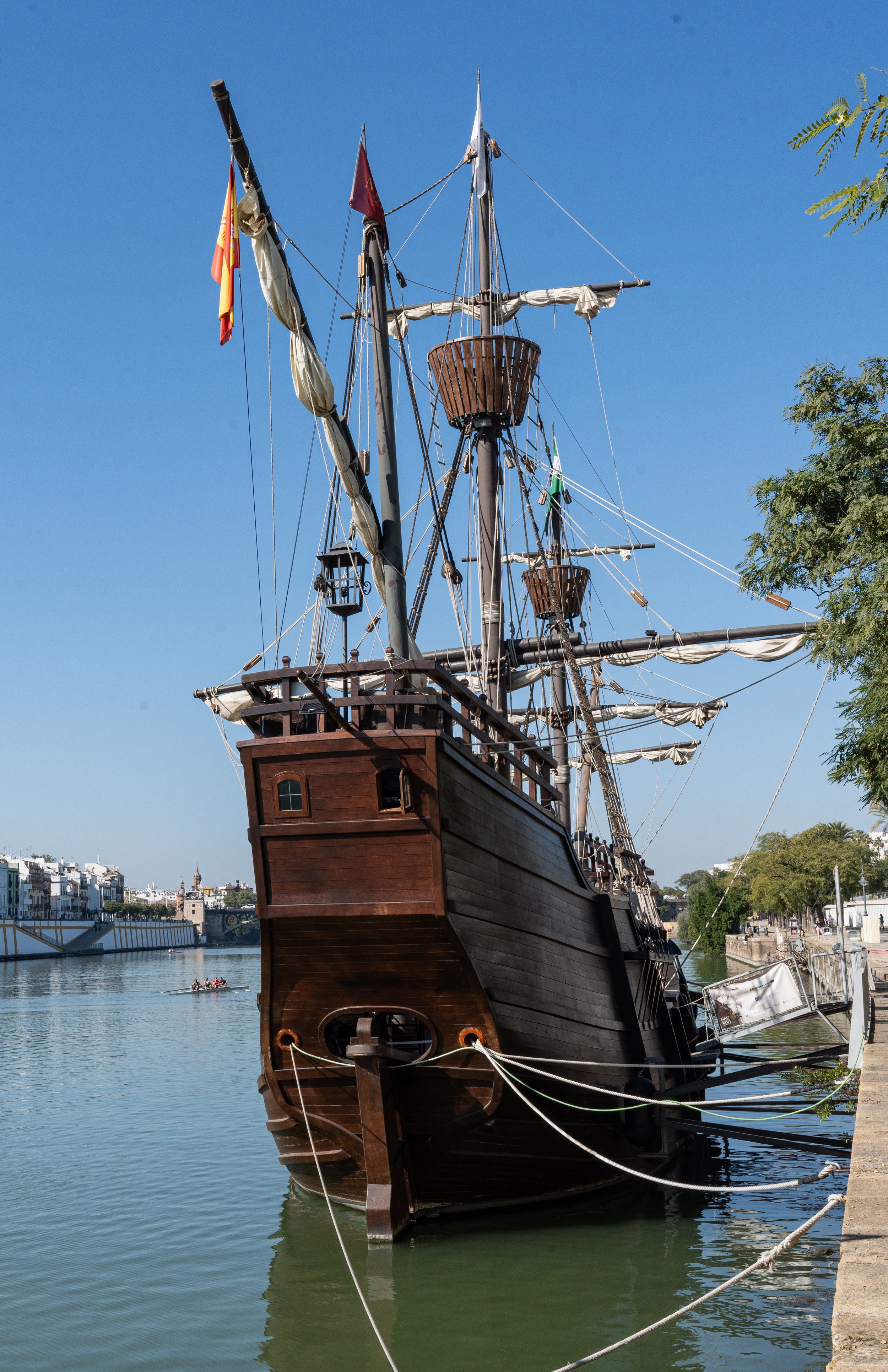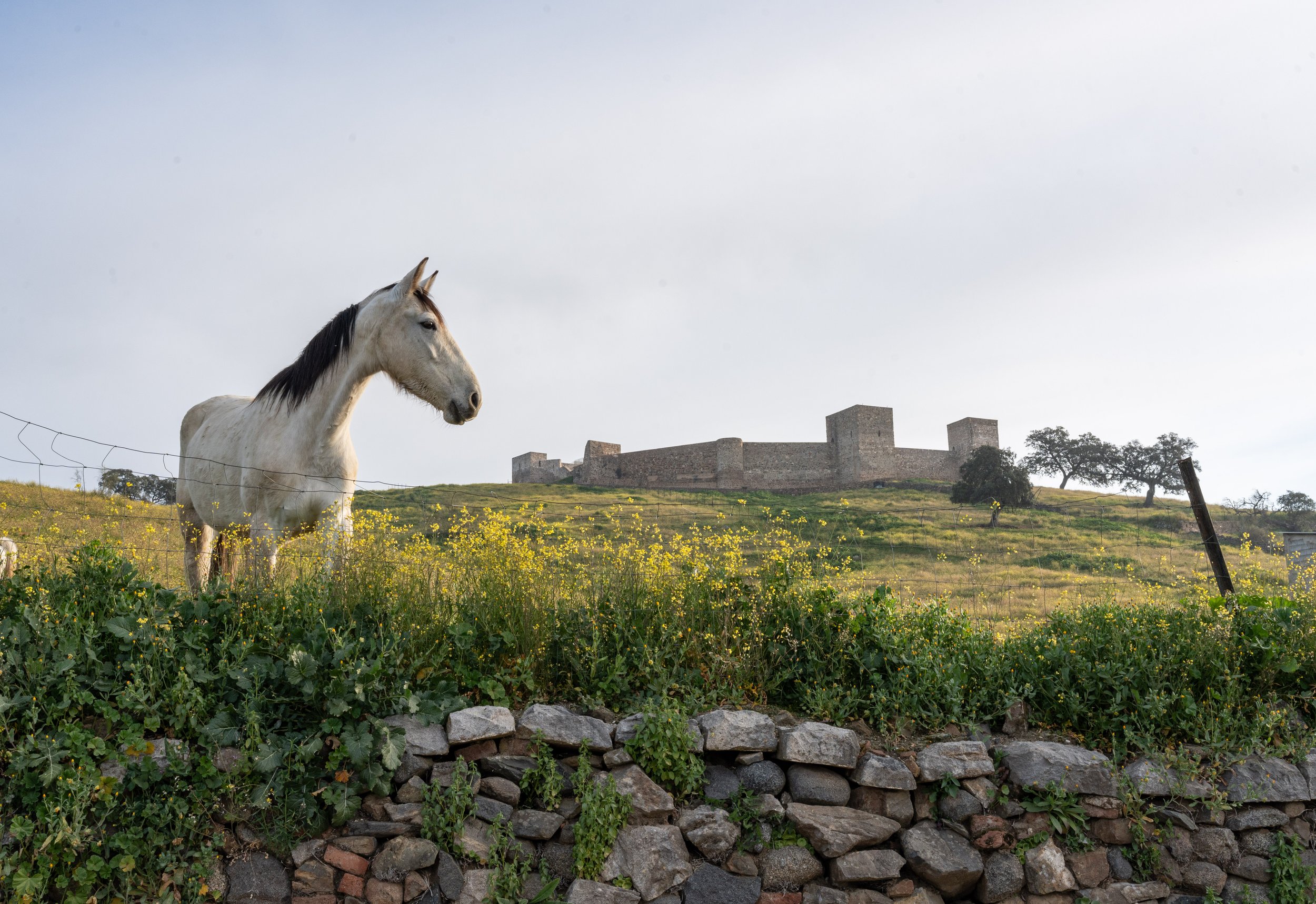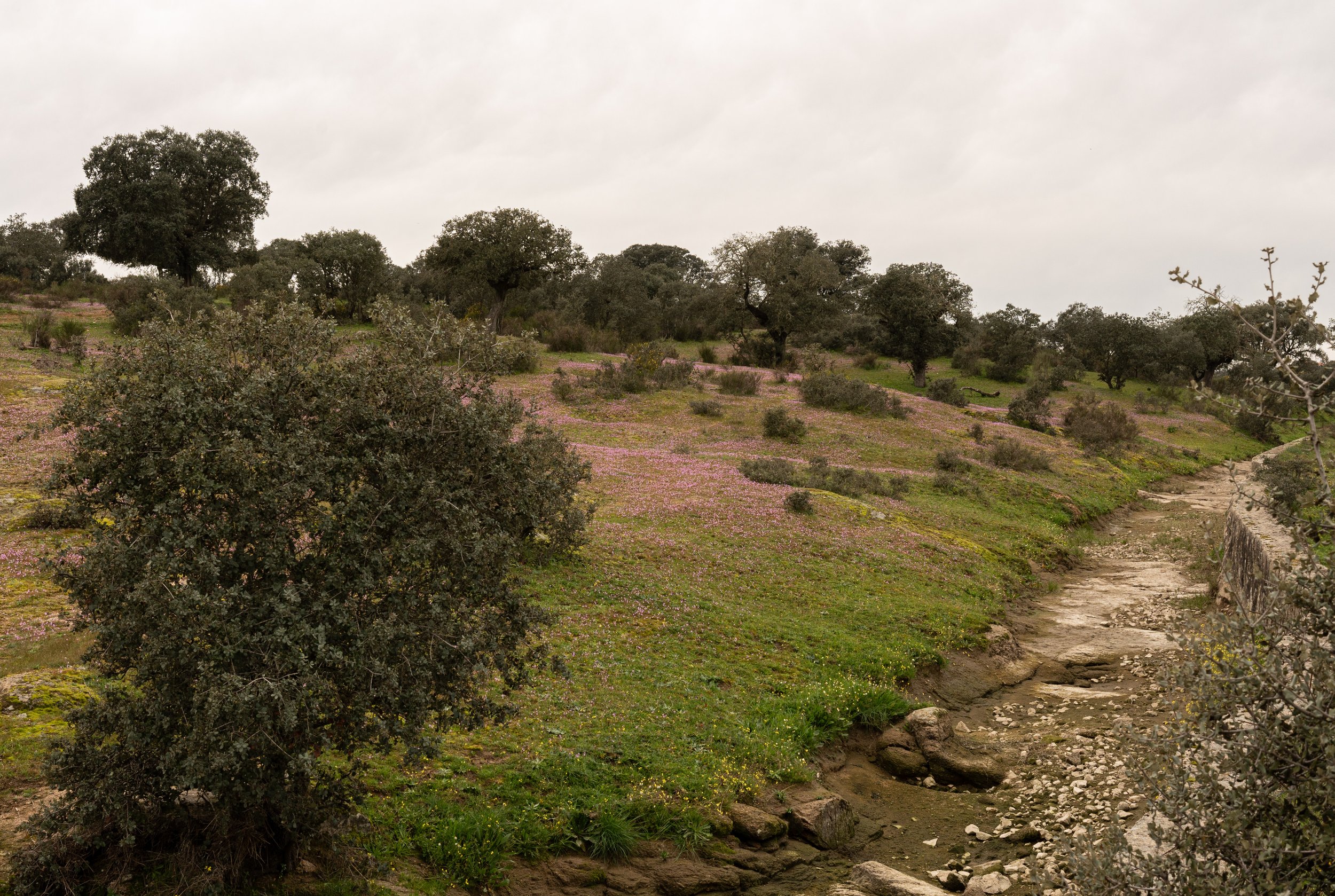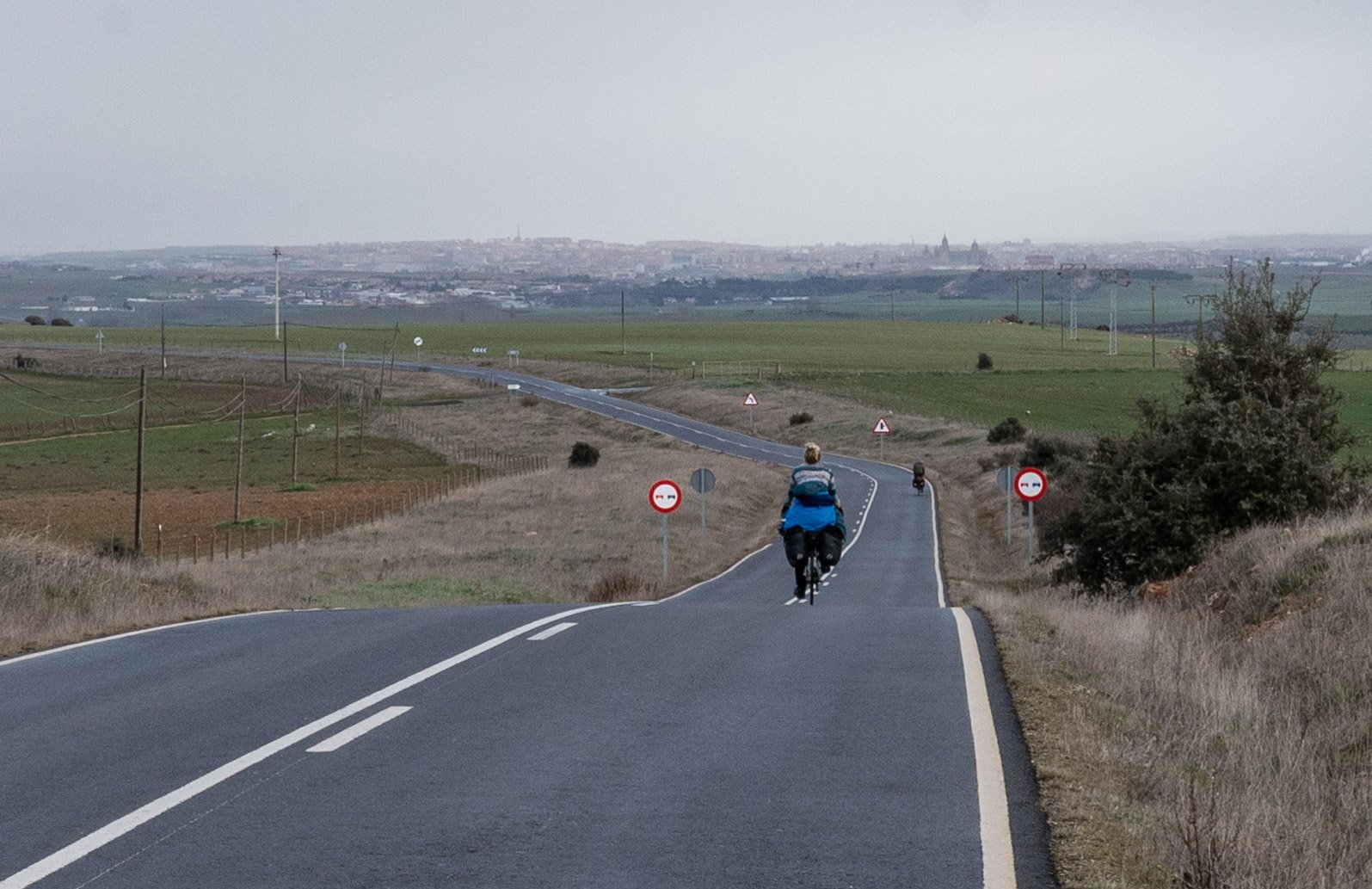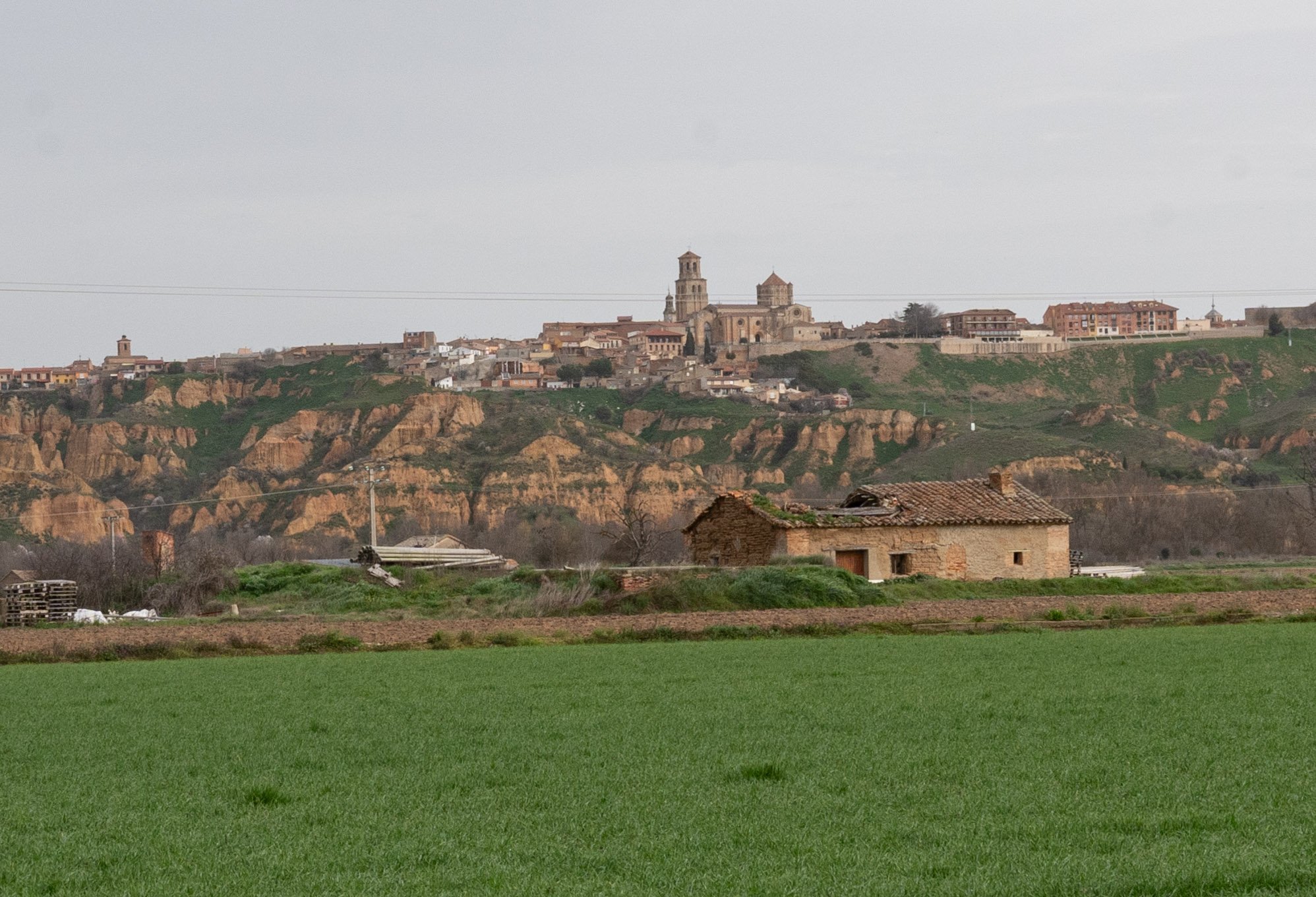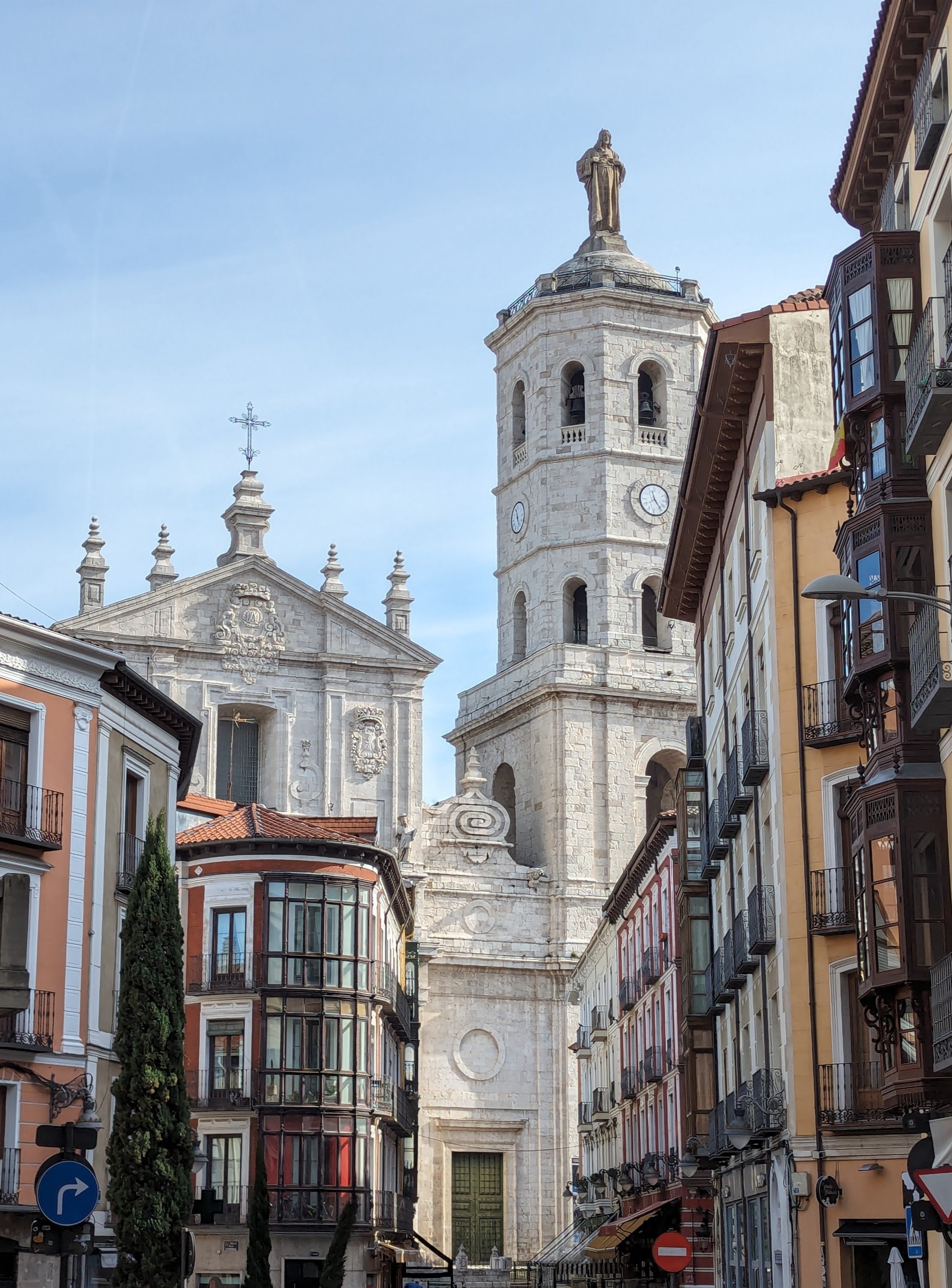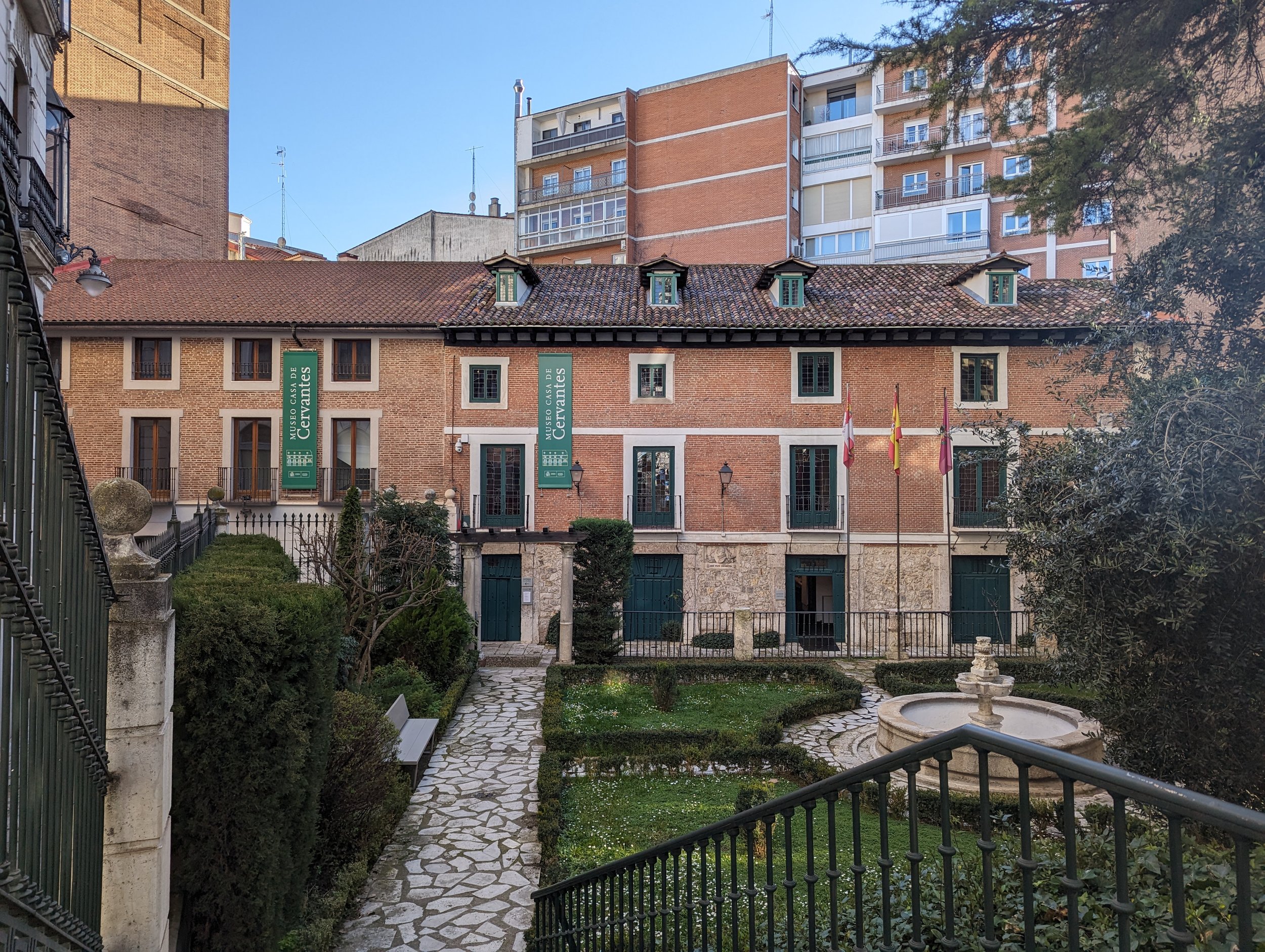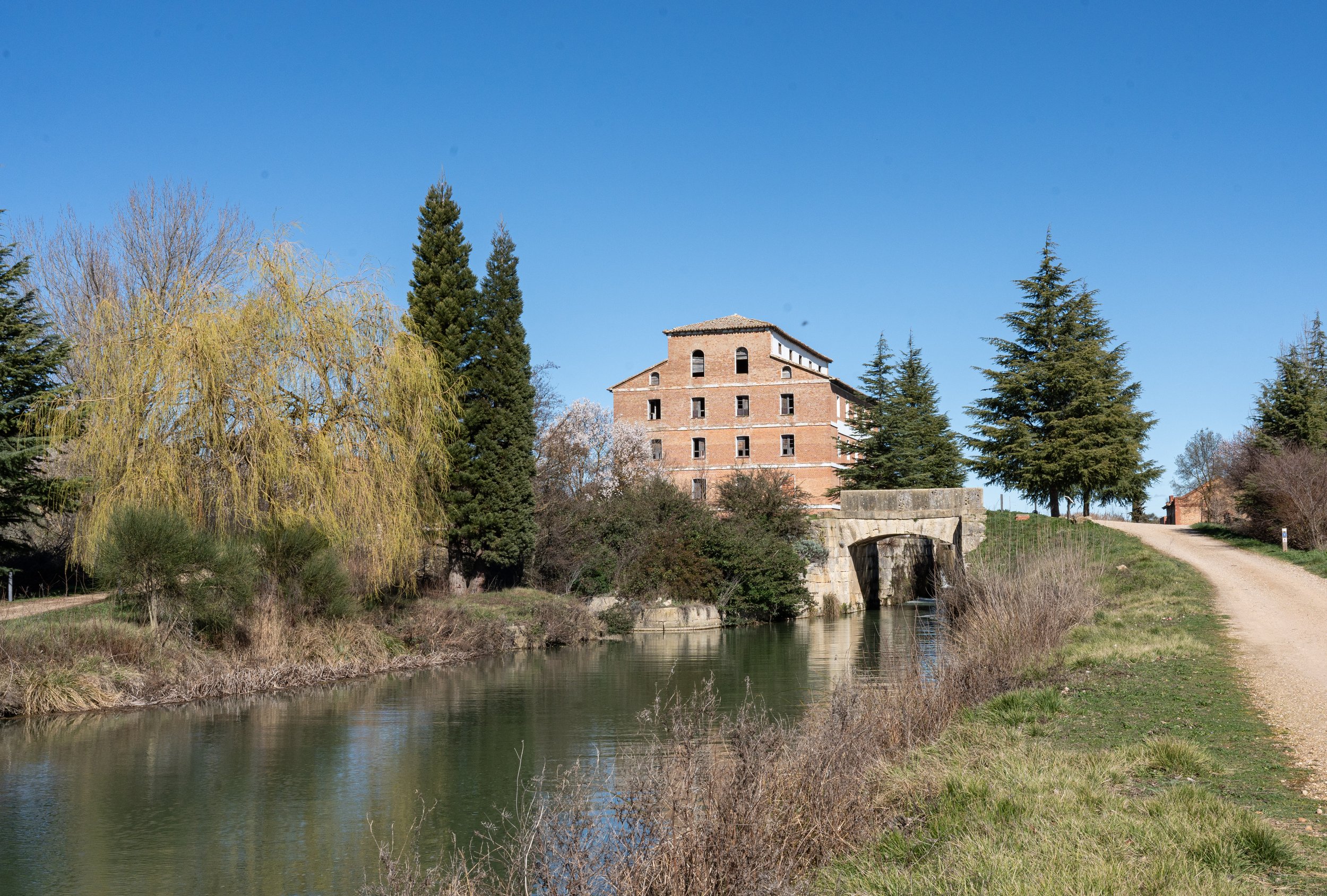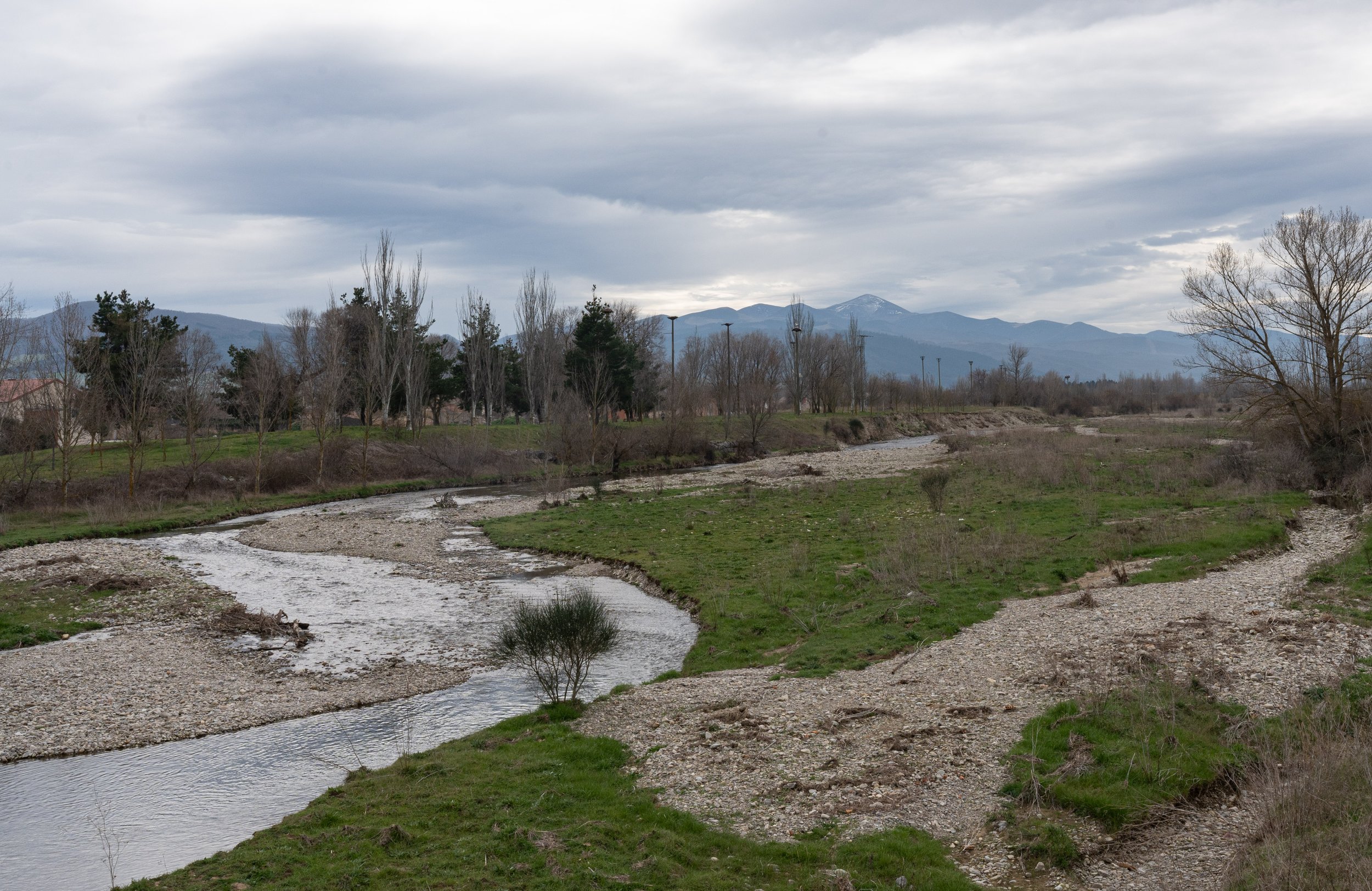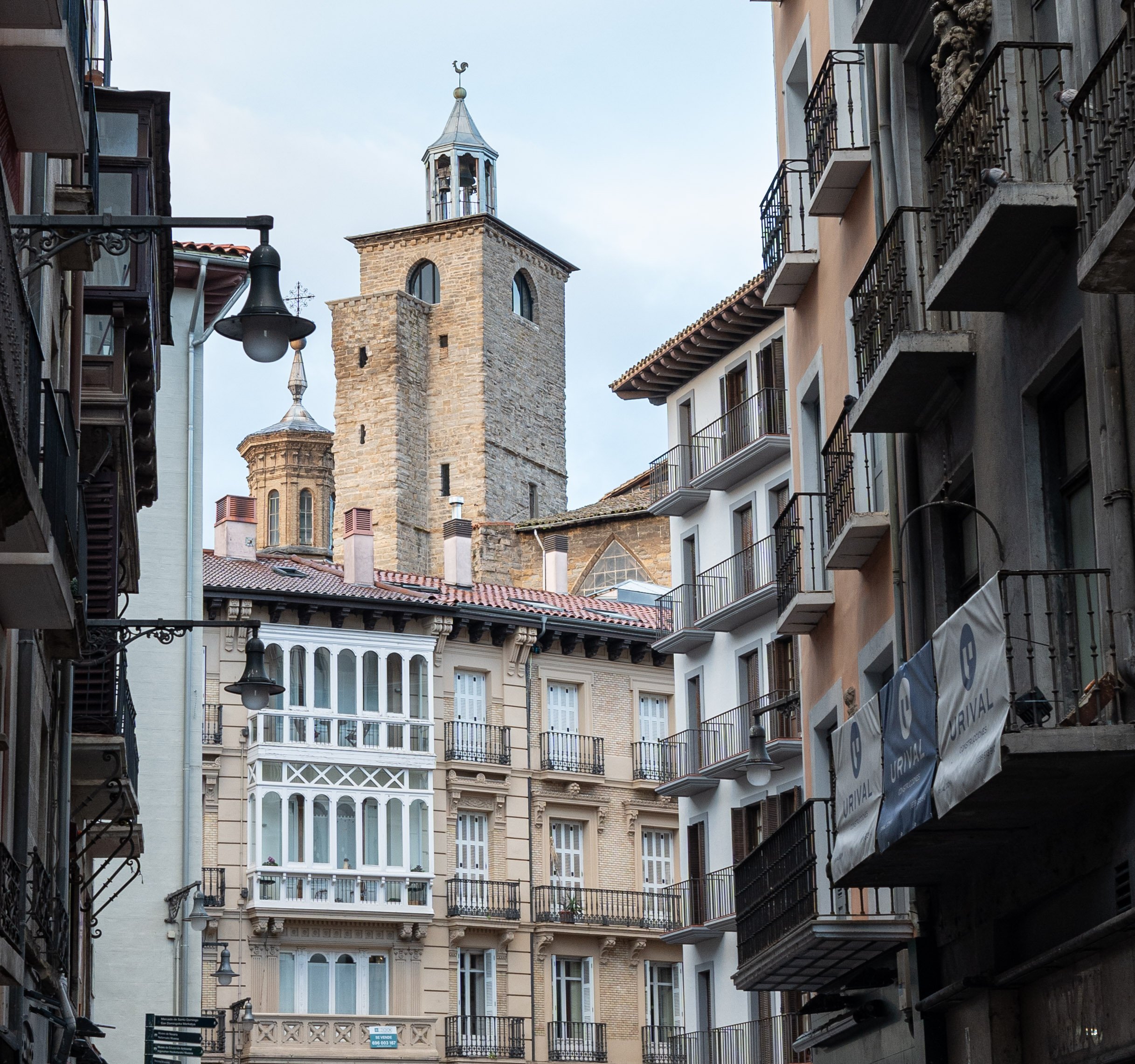From Lisbon to Bordeaux - back in Europe
From Lisbon to Seville: following the great explorers and the first circumnavigation of the world
In the second attempt, the flight across the Atlantic worked - and early in the morning, before sunrise, I was suddenly back in Europe and the EU after about a year and a half, but now coming from the west! The passport control only worked on the automatic readers after a whole series of attempts, which is why I became nervous for a moment. But then the little door opened and the passport had done its job: from now on I only needed my national ID card to get back to Germany. Within exactly two hours I assembled the bike back in front of the airport building. Since it was still so early in the morning, I decided to cycle to Cabo da Roca west of Lisbon that same day, despite being overtired. Immediately after the airport area, it took me a moment to find the first bike path coming from the expressway. Then I got through the city on a fairly good network of cycle paths. Old facades, normal-sized cars, people walking or cycling - a wonderful contrast to the USA. Two wild peacocks ran into me on a road, which didn't seem to surprise the locals. I was finally able to pay in euros again and got a lot of value for my money. Food and accommodation prices in Portugal are only about a third of US levels. In the outskirts of Lisbon, paradise was over again for the time being: the streets were multi-lane, narrow and the traffic was very fast - almost as unpleasant as in some cities in Malaysia! After a climb of several kilometers, I finally reached the landscape around Cabo da Roca. The green hills in front of the blue Atlantic were covered with a sea of yellow flowers. Past the beautiful lighthouse, I reached the cape - nothing less than the westernmost point of the Eurasian mainland! A few Chinese tour groups were there and a Chinese man from Shanghai wanted to take a photo with me. The next day I cycled back to Lisbon and spent the next few days exploring the city. Lisbon was devastated by a very strong earthquake in 1755 and a very modern museum (including some earthquake simulators) deals with the event. Two small ferry crossings across estuaries were waiting for me south of Lisbon. On the second boat I met an older gentleman who had once sailed with a few friends from mainland Portugal to the Azores - what an adventure! I then drove through a hilly landscape past flocks of sheep, magnificent pine trees and olive trees. And countless inhabited stork nests lined the side of the path. At a gas station, the attendant happily told me with his hands and feet that someone in his family had also cycled around the world. The landscape sometimes resembled New Zealand's North Island, only warm. It must have rained significantly before I arrived here to make it look so green. But it also became increasingly hilly than in the Texas Hill Country (only Sumatra and Java were worse), which is why I traveled slower than expected towards Spain. But then I reached the border with Spain: the border between the two countries is one of the oldest unchanged in the world! And suddenly I was back in my home time zone. Compared to Portugal, there were two main differences for me: firstly, the siesta, which made it harder to find an espresso in the afternoon. And secondly, the significantly more considerate driving style on Spanish country roads - the country is a real cycling country. On my first morning in Spain, I stopped for breakfast at “café y tostada” in a small restaurant, which seems to be a very typical combination here: espresso and warm toast with salted butter. Simple. Men kept coming into the bar on their way to work and they all ordered the same thing. Everyone was silent while eating. It was just early in the morning. I saw olive groves more and more often between the villages. At some point I crossed a river that had almost blood-red water. Maybe the well-known Rio Tinto? I took a quick look at the map: indeed, the Rio Tinto, after which one of the largest mining companies is named. Weathering products from the iron and copper ore deposits naturally occurring in the upper reaches give the water its color. From where the Rio Tinto flows into the sea, Christopher Columbus started his first voyage of discovery to the New World. I reached Seville on the same stage. In this city, nothing less than the first circumnavigation of the world by the expedition led by Magellan and Elcano started and ended around 500 years ago. Magellan died on an island that is now part of the Philippines. Only one ship out of five returned. Of the 270-man crew, 35 survived the project. Fortunately, the chances of surviving when traveling around the world are somewhat better these days. Seville is today mainly visited for its cathedral (which also houses the tomb of Columbus) and the Alcázar royal palace. In a side wing of the latter I was able to find the room in which Magellan and his companions planned their expedition. It's an amazing feeling to now be walking through a door that they also walked through back then. The documents from the Spanish voyages of discovery to the New World are still carefully preserved in the neighboring “India Archives”. The documents sit in cardboard slipcases on stately shelves made of Cuban mahogany and cedar wood. What a magical place! On the banks of the Guadalquivir River there is a museum dedicated entirely to the Magellan-Elcano expedition and on the river itself you can also see a replica of the Nao Victoria, the ship that completed the first circumnavigation of the world. What struck me: Both the India Archives and the circumnavigation museum were virtually deserted - in the otherwise very busy tourist city, hardly anyone seems to be interested in this aspect of the city's history. A pity. For me it was a very special place.
From Seville to Pamplona: suddenly among pilgrims
“But you know that it's still winter up there?” a pilgrim from Germany asked me in El Real de la Jara, a small village somewhere in the Sierra Morena north of Seville, after I told her about my plan to cycle back to Germany through France, Belgium and the Netherlands. Now why was I among pilgrims? I left Seville comparatively unprepared and only knew that campsites in the hinterland were rare. In one of the Whatsapp groups for cyclists there was a discussion about the accommodation situation in Spain that very day. A Spaniard pointed out in this chat that the “albergues”, pilgrim hostels along the various routes of the Way of St. James, can be good accommodation for cyclists, especially in winter. And from Seville one of these routes, the Via de la Plata, runs largely parallel to the EuroVelo 1 towards the north - how fitting! So I headed to the albergue in El Real de la Jara that same day. My problem: I was still missing the “credencial” - the pilgrimage document, which confirms that you are a good pilgrim, either on foot or on horseback (in the albergue in Mérida there was a notice that horses are not allowed in the dormitory...) or cycling to Santiago de Compostela. Thankfully, I wasn't thrown out of the first albergue, probably because no one else was staying there (the other pilgrims were in another hostel in town) and my luggage was already upstairs on the first floor. Since EuroVelo 1 and Via de la Plata sometimes run on the same track, I overtook a total of four walking pilgrims the next day, adding up to about an hour of conversation in total. The track took me through the most picturesque scenery, past two old fortresses, horses, sheep, cows, pigs and donkeys through olive groves. The weather was sunny, partly cloudy and not too warm, not too cold. Wonderful. I cycled through a cliché. Later I continued on good country roads again. In Zafra I reached my second albergue. Again I was allowed to stay despite not having a “credencial”, but I had to pay a few euros more and, unlike the pilgrims, I didn’t get breakfast. On the third attempt, in Mérida, I was finally successful: I not only stayed at the local albergue for the night, but was also able to purchase my “credencial” for a fee of two euros, which meant that I was now a good temporary bicycle pilgrim. Mérida not only offered me the dubious opportunity to acquire a pilgrimage document, but also several Roman ruins. The theater and the aqueduct are each some of the best-preserved examples of their kind! Juan Sebastián Elcano may have crossed the Roman bridge 500 years ago when, after successfully circumnavigating the world, he traveled from Seville to Valladolid to report to the king about his adventure. I was very happy to be able to immerse myself in the world of pilgrims in the albergues because, with the exception of El Real de la Jara at the beginning, I always found interesting people to talk to there. Particularly memorable is the conversation with Rune, a Norwegian who is now hiking through Spain with his two dogs after working as a war correspondent for decades. And from Cáceres I even cycled again for a few days with companions: Marie from Belgium was also cycling on the Via de la Plata! A little north of Cáceres we then found another Matthias from Germany on the road, which is why we cycled as a trio to Salamanca. Between Plasencia and Béjar we were on a “Via Verde”: this is the name given to old railway lines in Spain that have been converted into hiking and cycling paths. A big advantage of these routes is that railway lines have always been designed without steep gradients, which is why you hardly notice when you have to go uphill. From Zamora in northwest Spain I was on my own again. In Tordesillas I had the interview for my new job in Berlin in the form of a video conference. The next day I reached Valladolid, the ancient capital of the Kingdom of Castile. In Valladolid I visited the Casa de Cervantes, the house in which the author Miguel de Cervantes lived in 1605 when his story about “Don Quixote” was first published. I then reached Frómista on the Camino Francés, the main route of the Way of St. James, via sand and gravel roads along the old Canal de Castilla. From now on, the previous stamps in my “credencial” made it clear to the inclined reader that I was moving away from Santiago de Compostela, so that, maybe, I wasn’t even that serious about my pilgrimage… “Very unusual”, A skeptical albergue landlady in Frómista remarked, but the other hosts up to Pamplona weren't interested at all. So again I was able to talk to interesting people in the albergues every evening on this section of the “Camino”.
From Pamplona to Bordeaux: Basque Country and constant rain
Is it because Pamplona is still quite early on the Camino Francés and therefore the pilgrims here are particularly full of enthusiasm? At exactly 7:00 a.m., when it was still pitch black outside, everyone was already on the move again, one hour earlier than in the other albergues. I took it a little easier and took a quick look at the city center. After a few hours on the road, I decided to make a small change in plans: the weather forecast for the next four days called for enormous amounts of rain. In order to get stuck in a place with cheap accommodation if the worst came to the worst, I decided against the original route to the border of France and instead took a northwesterly course towards Donostia-San Sebastián in the Basque Country. Of course, most of the time was uphill, but I was soon rewarded with a mountain landscape that reminded me very much of the Alps - both in terms of landscape and architecture. The route took me through a few tunnels and soon into the Basque-speaking area. Roadside signs became bilingual. Basque is not related to any other modern language. A melodically beautiful language. For example, what was probably my last significant pass on this trip had the, eh, “nice” name “Azpirotz”. The towns remained varied. While Lekunberri up in the mountains still looked like a typical Alpine village, Tolosa, about 30 kilometers further down the valley, appeared considerably more Spanish, both linguistically and architecturally. I spent most of my days in Donostia in the hostel, which I only left for two photo walks and grocery shopping. One evening in the hostel I started talking to Alex from Bucharest, a Romanian adventurer. He gave me his gas cartridge for the camping stove and brought a bottle of home-brewed Sidra, the typical cider of the Basque Country. A hostel employee then showed us how to drink it properly. All the waiting was no use - the rain just wouldn't stop. So after three days I continued driving despite the cold, wet rain. I soon crossed the Bidasoa River and reached France. There I first cycled on fairly good cycle paths, but then on a rather busy, narrow country road above the cliffs. That would be annoying enough in the constant rain, but now there was also a crosswind from the north, the gusts of which almost knocked me over a few times. The next day I passed through Biarritz before slowly entering the area of the huge coniferous forests on the coast via Bayonne. The first cycle path there was still flooded afterwards, but then things got much better: France built the most noble long-distance cycle path infrastructure here. I reached the area of Bordeaux almost entirely via excellent cycle paths built through the middle of the forest. The weather was now exceptionally dry and many people greeted me in a friendly manner. On day two, France was very convincing. The terrain in the woods was slightly undulating, but never too steep. Beautiful. The following day it was rainy again, but I still reached Bordeaux, where I stayed with Warmshowers host Adèle. Thank you very much for the great hospitality! A lot of things seemed familiar to me in Bordeaux. I had already visited the city for a few days in autumn 2018. This made it the first city since Istanbul a year and a half ago that I had already been to before this trip. I spent my resting day in Bordeaux in cafés, a museum and sampling the canelés, small rum-flavored mini cakes that are typical of this place.
About cycling on this section
From Lisbon to Seville: From Lisbon I didn't follow the EuroVelo 1, but a more direct route along smaller country roads. After the two ferries from Lisbon to Cacilhas and from Setúbal to Tróia, I cycled via Grândola, Santa Margarida do Sado, Aljustrel and Mértola to the border bridge at Pomarão. The quieter country roads were not particularly busy, but they almost never had a shoulder, which is why it was sometimes narrow. Compared to Spain, drivers in Portugal also overtake significantly more closely and more riskily, which may be related to the much lower prevalence of cycling in Portugal. What struck me negatively was that the Portuguese landscape has been somewhat “Texanized”: every meadow and forest along the roads is fenced off, which is why finding places to camp is very difficult. There are almost no campsites in the hinterland. In Spain I cycled via El Granado, San Bartolomé de la Torre and Trigueros on side routes and sometimes on good gravel roads to Seville. There are also almost no regular campsites in the hinterland. Spanish roads usually have good shoulders and drivers are usually much more considerate than in Portugal.
EuroVelo 1 from Seville to Bordeaux: The EuroVelo 1 passes Seville to the west. I left Seville north via La Rinconada, Burguillos and Castilblanco de los Arroyos and after about 60 kilometers I met the EuroVelo 1 in Almadén de la Plata. To Cáceres, the EV 1 mostly runs on very good and quiet country roads. Sometimes the route is congruent with the Via de la Plata pilgrimage route, but the gravel roads are most of the time in good condition. Unfortunately, this picture changes north of Cáceres: the EV 1 then increasingly runs over gravel and sand paths that are in poor condition due to heavy use by agricultural vehicles (deep ruts, coarse stones, loose gravel, steep gradients). After rainfall, the paths also consist of a series of puddles and pools. From Riolobos onwards, it is advisable not to leave the N-630 as planned by EV 1, but to stay on it until Plasencia. From Plasencia you can then follow the Via Verde de la Plata, a very good path on a former railway line, which is currently (as of February 2024) expanded to the SA-220 road near Béjar and may even be continued to Salamanca in the future. The EV 1 tracks between Béjar and Zamora via Salamanca are mostly in a miserable condition, which is why the small country roads are more recommended. In general, the N-630 is a good road to cycle because it is always close to a motorway and therefore has almost no car or truck traffic. From Zamora to Tordesillas I also left the unnecessarily hilly path of the EV 1 and instead followed the ZA-P-1102 to Toro and then the N-122. Unfortunately, there are no good road alternatives between Tordesillas and Valladolid apart from the motorways that are forbidden for bicycles, which is why I had to arrange myself with the mud and water tracks of the EuroVelo on this short section. From Valladolid to Frómista, EV 1 follows a track along the Canal de Castilla, which is usually in fairly good condition. From Frómista, the EV 1 often runs along the Camino Francés pilgrimage route. Up to the La Pedraja pass it is sometimes bearable, but from then on I followed the N-120 to Navarrete near Logroño. I cycled to Pamplona via the NA-1110, which is very quiet and in excellent condition. Since the EV 1 doesn't go to Donostia-San Sebastián, I got from Pamplona via the N-240-A, NA-1300 and GI-2135 to Tolosa and then along side roads to Donostia-San Sebastián. In particular, the NA-1300/GI-2135 between Lekunberri and Tolosa is a beautiful, quiet and small mountain road! I then reached the border with France via Irun. A cycling highlight was the French cycling infrastructure from Biarritz via Mimizan to Bordeaux: mostly excellent, asphalted cycle paths led through extensive coniferous forests along the coast!

